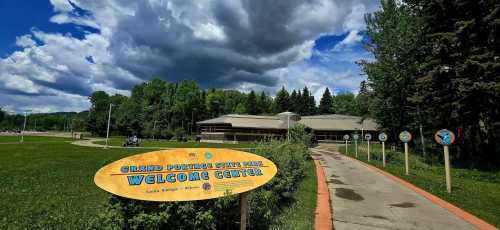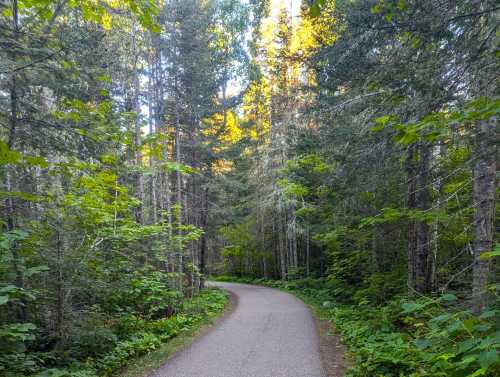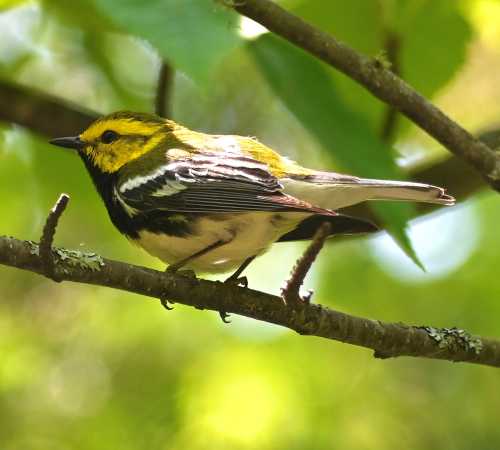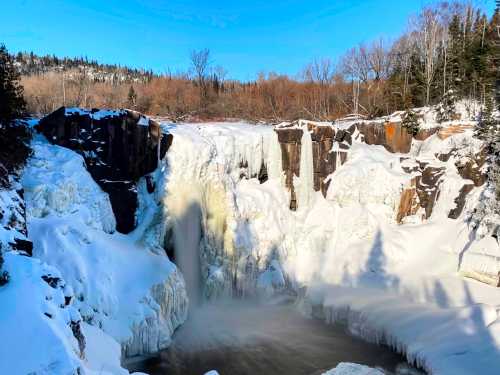Many folks don’t realize that Minnesota is home to not one but three congressionally-designated wilderness areas. The best-known, of course, is the sprawling Boundary Waters Canoe Area Wilderness (BWCAW), which protects more than one million acres of the Superior National Forest. It’s one of the largest wilderness areas in the country. Farther to the west, though, you'll find the much smaller Agassiz Wilderness, which is a 4,000-acre swath of pristine lakes, peatland, and black-spruce and tamarack bog that was carved out of the Agassiz National Wildlife Refuge by a 1976 act of Congress. With strict limits on visitation, this Minnesota wilderness area may just be the most pristine in the Land of 10,000 Lakes.
The 61,500-acre Agassiz National Wildlife Refuge was originally established in 1937.
At first, it was known as Mud Lake Migratory Waterfowl Refuge. In 1961, the name changed to reflect the natural history of the region, which was once covered by the massive Glacial Lake Agassiz.
The refuge is located in northwest Minnesota’s aspen parklands biome - a unique transition zone where the boreal and hardwood forests of the north and east meet the tallgrass prairie of the west.
The area provides crucial habitat for migrating waterfowl and many other species of wildlife.
More than half of the refuge is covered by lakes, wetlands, marshes, and bogs.
It’s such a crucial area that, in 1976, Congress set aside 4,000 acres in the northern part of the refuge as a wilderness area for management by the National Wilderness Preservation System.
The waters of the refuge and the wilderness are key breeding grounds for more than a dozen species of ducks and have hosted one of the largest known Franklin’s gull colonies in the country.
Other bird species use the wilderness as an important stopover during their migrations.
Once-endangered trumpeter swans also find refuge in the waters of the wilderness.
Two resident packs of wolves make their home in the refuge, and moose and elk also make use of the wilderness area.
Visitation to the wilderness area is strictly limited, open only at certain times of year, and subject to special regulations. Visit the wildlife refuge’s website or contact the refuge directly for more information. Even if you’re not able to enter the Agassiz Wilderness, there’s something comforting about just knowing it’s there to protect the wildlife that needs it as a place to live, visit, reproduce, and thrive. Don’t let that stop you from visiting Agassiz National Wildlife Refuge, though. The refuge is a designated Important Bird Area that offers seasonal and year-round trails for hiking, as well as a driving loop, wildlife viewing platforms, and blinds.
Have you visited this amazing part of Minnesota? Let us know in the comments!
Subscribe to our newsletter
Get the latest updates and news
Thank you for subscribing!























